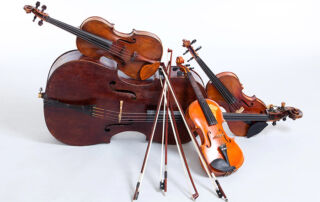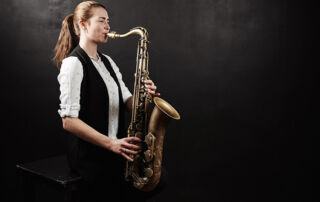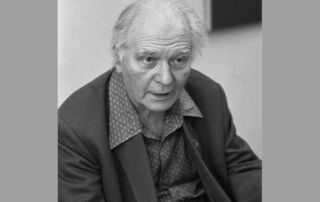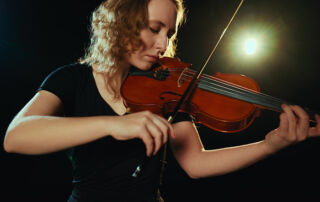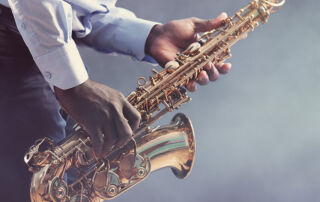Have you ever felt that, while your technique was strong when playing a piece, the music still sounded empty?
Or that, when pouring all your emotion into it, your technical limitations stopped you from fully realising your ideas?
For many musicians, especially at the beginning of their journey, there is a constant tension between playing with technical precision and playing with musical expression.
In truth, both are essential. Technique is the tool that allows us to communicate freely, while musicality is the soul that gives meaning to our interpretation.
One without the other leaves the music incomplete.
In this article, we will explore these two fundamental aspects of interpretation — why each is essential, why they can be difficult to combine, and most importantly, how to make them work together to create music that is alive and expressive.
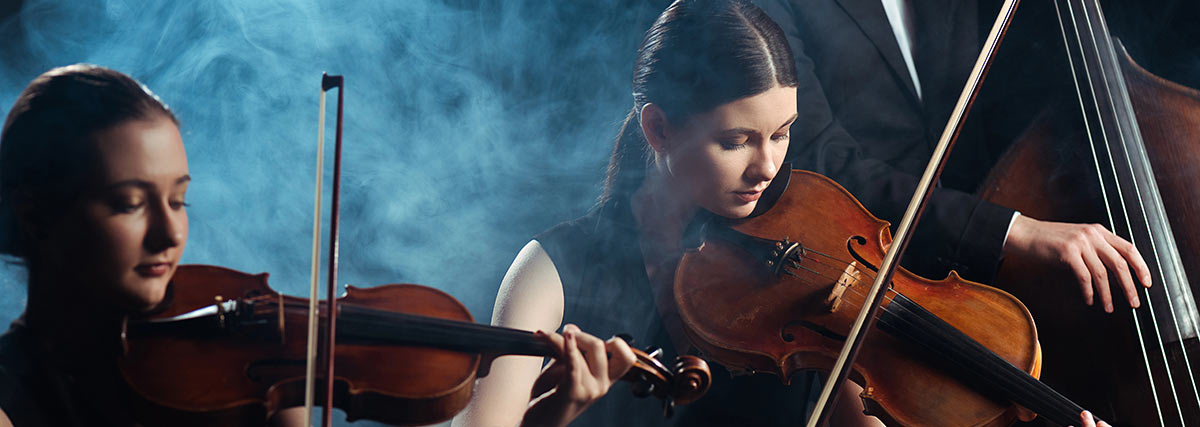
What does it mean to "play technically"?
For classical musicians, a large part of our practise time is dedicated to technical aspects.
But what does that really involve? Technique covers a wide range of skills – sound production, articulation, breath support, coordination, finger agility, tone control, and more. These are the foundations of our playing.
Yet it's easy to fall into the trap of focusing solely on these elements.
We spend hours perfecting our altissimo notes, mastering ultra-fast staccato, or attempting extreme feats like circular breathing for several minutes.
But by focusing entirely on technical performance, we sometimes lose sight of what truly matters: why did we start making music in the first place? Of course, working on technique is essential.
It is the foundation upon which all our interpretation rests. But when it becomes an obsession, we risk becoming impressive musicians who are disconnected from any emotion. Technique should serve the music, not replace it.
So yes, keep working on your fundamentals and pushing your limits.
But never forget: technique is a means, not an end. The goal is not to be a machine, but a musician.
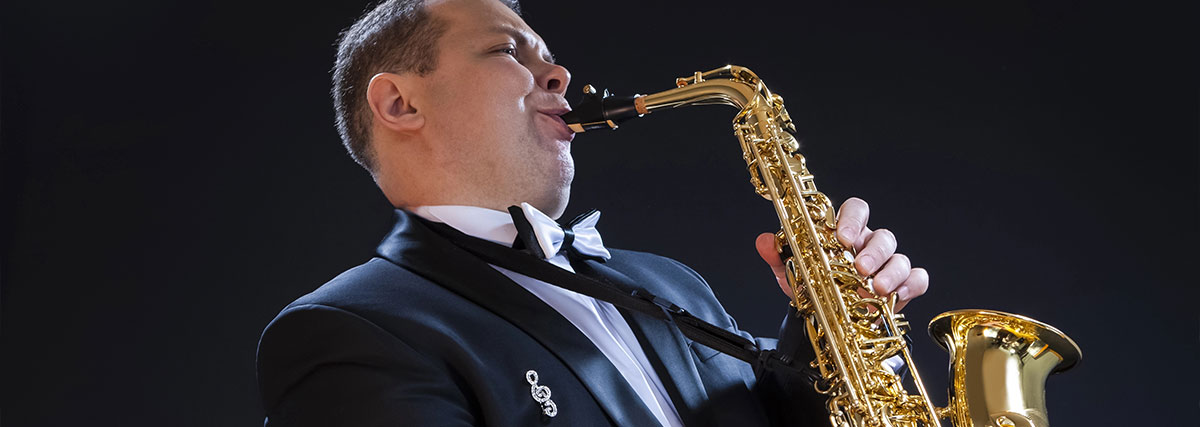
What does it mean to "play musically"?
When playing a piece, we often say that you need to "tell a story" through the music.
Playing musically means bringing every phrase to life, as if the instrument were speaking its own language. It’s about expressing emotion and intention in every note, ensuring that technique serves the artistic idea, not the other way around.
Playing musically means phrasing with care, shaping dynamics, exploring the colours of sound, and using silence and timing to create tension and breathing spaces.
This is what makes the difference between a correct performance and one that moves the listener—or even the performer themselves.
Playing musically means inviting the audience into your inner world, sharing your emotions, imagination, and story.
You can make a single note sing, give depth to a simple melody, and transform a virtuosic passage into a living moment, far from mere mechanics. A truly musical performance breathes, surprises, speaks, and communicates.
This is what transforms technique into living art.
It reminds us why we fell in love with music: to feel something ourselves, and to make others feel something too.
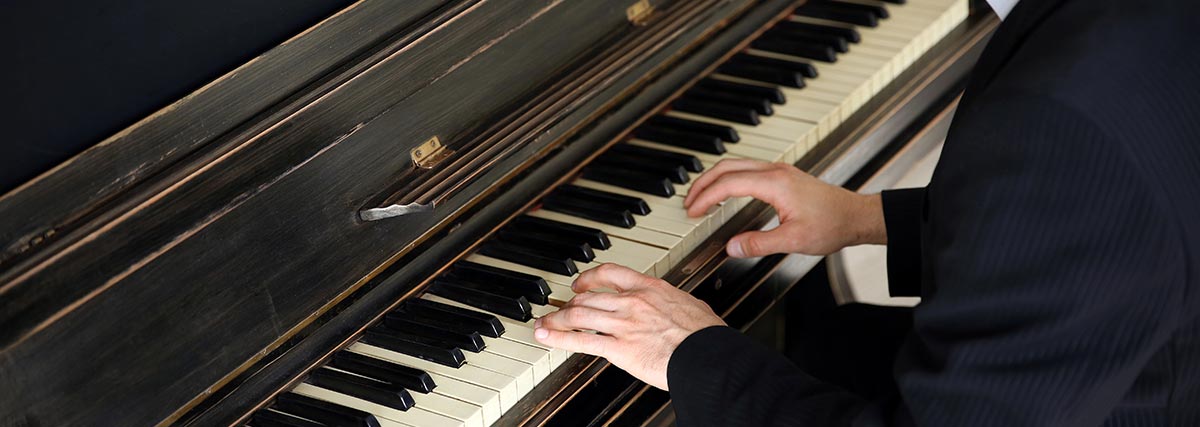
Tension or synergy?
Often, it feels as though technique and musicality pull us in opposite directions.
When we focus too much on accuracy and precision, we sometimes forget to tell a story.
But if we focus solely on emotion, without attending to technique, we don’t always have the means to make our ideas clear to the listener.
It’s like having a beautiful story in your mind but not knowing the language to tell it. Technique is that language; it gives you the tools to transform your thoughts into sound.
But this language is empty if there is no meaning behind the words. Even if you can play the fastest scales or the most complex passages, without musical intent, they are merely lifeless notes.
Yes, it is difficult to develop these two aspects simultaneously, but they nourish each other.
Technique provides musical freedom: the stronger it is, the greater your possibilities for expression. Musicality, on the other hand, gives purpose to technique, transforming an exercise into a work of art.
Rather than opposing them, they should be seen as partners.
When they work together, your playing becomes more than just a correct performance — it becomes alive.

Connecting the two in practise
Practising slowly and patiently is the key to uniting technique and musicality.
When you work too fast, you only think about “getting through the notes.”
By slowing down, you give yourself time to listen to your sound, your articulation, your phrasing, and above all, the meaning of each note.
Take the time to think before you play: what story do you want to tell? Where is the phrase going? Does your technique serve the music, or is it just a display?
It is also helpful to separate and then combine: work on a passage solely for technical control, then play it again focusing on expression.
Finally, merge the two and feel how solid technique allows you to shape the phrase freely.
Be patient and kind to yourself.
Mastery is born from thousands of slow, mindful repetitions, not from rushing.
In the end, true art emerges when technical control fades away, leaving only music that is alive and free.
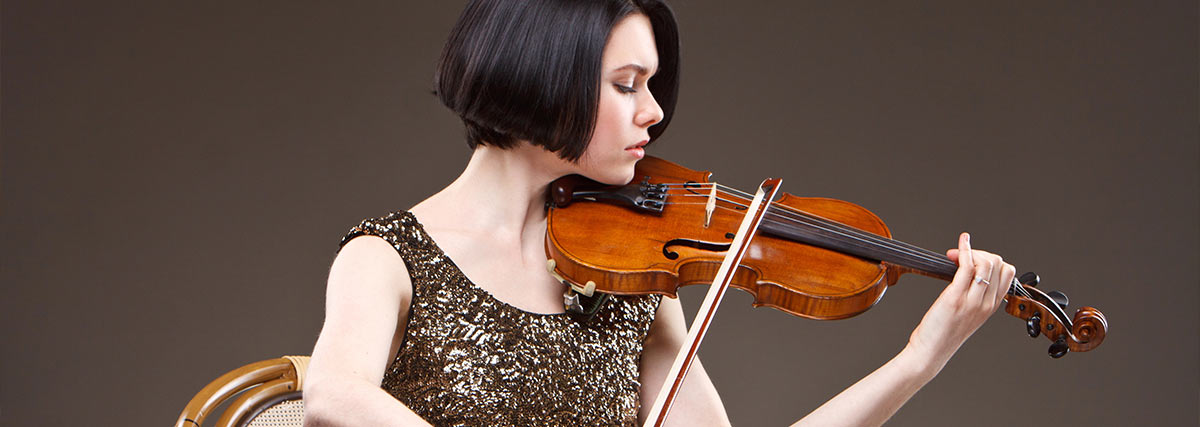
Conclusion
At its core, playing an instrument is not just about showing what your fingers can do, nor about unleashing your emotions without any control.
It’s about finding that delicate yet powerful balance between technical mastery and musical expression.
Throughout this article, we have seen what it means to "play technically": building the foundations of sound, articulation, breath, and coordination.
We have explored what it means to "play musically": telling a story, shaping phrases, creating tension and release, and moving beyond the notes.
All too often, we separate these two worlds: we practise our scales to build speed, or we dream of emotion without being able to realise it because the technique isn’t ready.
But the truth is that technique and musicality feed each other. Technique is your language; musicality is your message. One without the other leaves the performance empty.
Finding this synergy requires time and patience.
Slow, thoughtful practise is essential. Make your scales sing, shape your long notes like phrases.
Work on your pieces technically, but always ask yourself, What story am I telling? What should I make the listener feel here?
Accept that there is no final perfection; that is the beauty of the journey.
This balance is a lifelong pursuit. But every hour spent refining your technique and deepening your musical ideas brings you closer to a performance that is both impressive and meaningful.
So, the next time you open your case, remember that your fingers, your breath, and your embouchure are your tools.
Your heart, your imagination, your ear are your soul. When all of this works together, you are no longer just playing music. You become music.

